Ndonga-language hymn book
Artefact of the month - October 2022
The ethnographic collection of the National Museum of Finland recently received the donation of a hymn book in Ndonga. The book was found in the estate of nurse Ebba Maria von Pfaler, who worked in Ovamboland. Von Pfaler had a long career with the Finnish Evangelical Lutheran Mission in current-day northern Namibia, amounting to almost 22 years in total.
Modest as it is, the wood-covered, water-damaged hymnal provides a glimpse into Namibia from over a hundred years ago and the later stages of the country. A connection between Finland and the then Ovamboland was established in the late 1860s when five missionaries who graduated from the Finnish Evangelical Lutheran Mission’s (FELM) new missionary school travelled to South West Africa. One of them was Martti Rautanen (1845–1926), who became the longest-serving Finnish missionary in the region and a self-taught multifaceted scientist. Among other things, he collected and catalogued an ethnographic collection of more than a hundred objects, which was already acquired by the National Museum of Finland (then the State Historical Museum) in 1892.
The Ndonga language is a dialect of Ovambo, a member of the Bantu language family, with more than 800,000 speakers. Ovambo and its various dialects are spoken in the north of Namibia and Angola. Ndonga and Kwanyama are the only Ovambo dialects with standardised written language. Standard Ndonga was created by Martti Rautanen, who produced the first translation of the New Testament into Ndonga in 1903 after almost twenty years of work. The translation of the hymn book into Ndonga was completed in 1892, and that of the Old Testament in 1920.
Crow footprint device
This connection makes the small hymn book (VK6518) donated to the National Museum of Finland special. The book was printed in 1941 in Oniipa, in the Kingdom of Ondonga, in northern Namibia. The Finnish Evangelical Lutheran Mission established a mission station in Oniipa in 1872, and printing for the mission’s needs started in 1901. Today, Oniipa is the administrative centre of the Evangelical Lutheran Church of Namibia.
In Ndonga, the printery was called oshinyanyangidho, a ‘crow footprint device’ or ‘device for printing crow footprints on paper’. The hymn book has a cross engraved on the wooden front cover and a crown of thorns on the back cover.
Medical mission as a form of mission work
The original owner of the hymn book, nurse Ebba von Pfaler (1902–1976), worked in Ovamboland from 1934 to 1947 and from 1950 to 1957. Medical mission work was common on many missions around the world. The Finnish Evangelical Lutheran Mission opened a hospital in Onandjokwe near Oniipa in 1911, the first of many clinics which were opened later on.
Western medicine was often applied in parallel with local treatment methods and beliefs, and Western medicine practitioners could also be considered healers. In Namibia, medical care was later politicised during the struggle between the then-governor of the country, South Africa, and the Namibian independence movement, SWAPO. Namibia became independent in 1990, and, today, the hospital in Onandjokwe continues to operate under state administration. There is also a small museum in conjunction with the hospital.
Ebba von Pfaler called her mission worksite in Ovamboland home. After a holiday in Finland, she wrote in the Christian Nurses’ Association’s Viesti (Message) magazine in 1953 as follows:
“My heartfelt greetings from a hollow of a mountain far away. After a wonderful, refreshing holiday, I have been home for almost two months.”
“Back here, a rhinoceros visited a neighbouring village. It trampled one man into a fine pulp. Another one survived but was all bloody pieces, so you did not know which part to sew and bandage first. He did recover surprisingly well, with no serious infection other than to the leg with an open fractured bone. [- - -] It is a pity that I do not have any patient huts yet. Now, the patients lie under the trees along the mountain slopes. It is the rainy season, so who knows if some of them will catch malaria and even more pneumonia on top of everything else. However, I am hopeful that I will have at least a couple of huts soon. The local population consists of only five police officers and a half-white interpreter, each with their family. Their huts are too small to accommodate additional sick people and their families.”
“There are many beasts moving about nowadays, including snakes and large, black forest scorpions, so I no longer go for walks in the twilight hours. A lion took six cows from the neighbouring stockyard the night before Sunday. The perpetrator might still lurk in this neighbourhood because we have found fresh tracks many mornings. Last Monday, when I was enjoying the coolness of the morning in a lovely dawn, it very solemnly bellowed out a few times, accompanied by the hyenas and jackals.”
“I have it good here! Surrounded by the grace and love of the Lord, and the days the post arrives, the love of friends warms one’s heart and encourages one to try one’s best.”
Part of the national collection
The ethnographic collection of the National Museum of Finland contains texts of different religions – manuscripts and printed literature – from all over the world. Translations of biblical and other Christian literature in different languages are part of the collection. The book of hymns in Ndonga provides a vivid glimpse into the past and present of Namibia, including the 150-year relationship between Finland and Namibia. It also complements Martti Rautanen’s collection in the ethnographic collection of the National Museum of Finland and the extensive collection of objects and photographs from the Finnish Evangelical Lutheran Mission’s mission worksites that was donated to the state in connection with the closure of the Finnish Mission Museum in 2015.
Pilvi Vainonen
Sources
Ambomaan kokoelma. Martti Rautanen's Ambo Collection. 1983. Museovirasto.
Kananoja Kalle 2019. The Finnish Medical Mission in Owambo and Kavango, 1900–2010. In: Intertwined Histories – 150 Years of Finnish–Namibian Relations. University of Turku. https://sites.utu.fi/intertwin...
Peltola Matti 1994. Martti Rautanen. Mies ja kaksi isänmaata. Suomen Lähetysseura. Kirjapaja.
Viesti 3/2003. Viestin vuosikymmenet. Suomen Sairaanhoitajain Kristillinen Seura SSKS ry.
Film: Onandjokwe Hospital, a national treasure, One Africa TV, 17.12.2019. Open here.
Collections
Ethnographic set of objects collected by Martti Rautanen, National Museum of Finland, see FINNA: https://finna.fi/Search/Result...
Photographs from Ovamboland in the collection of the Finnish Evangelical Lutheran Mission, Finnish Heritage Agency, see FINNA: https://finna.fi/Search/Result...
Thanks to
Maarit Viitala


-
2024
-
2023
-
2022
-
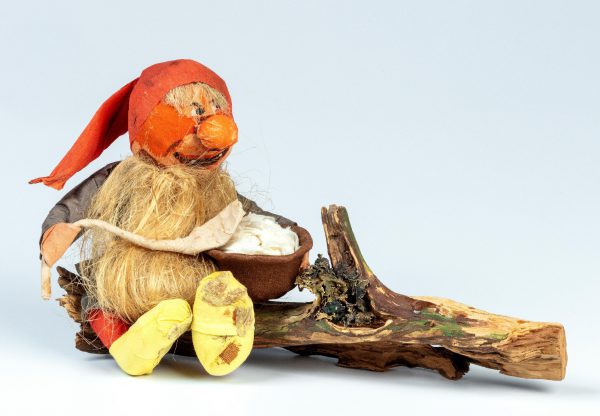 Elves
Elves
-
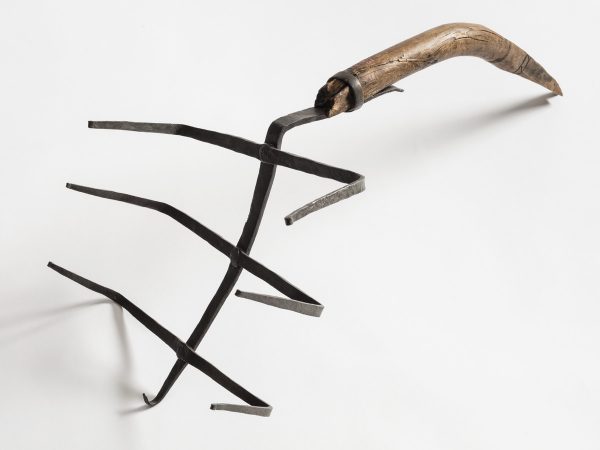 Fire rack and gig
Fire rack and gig
-
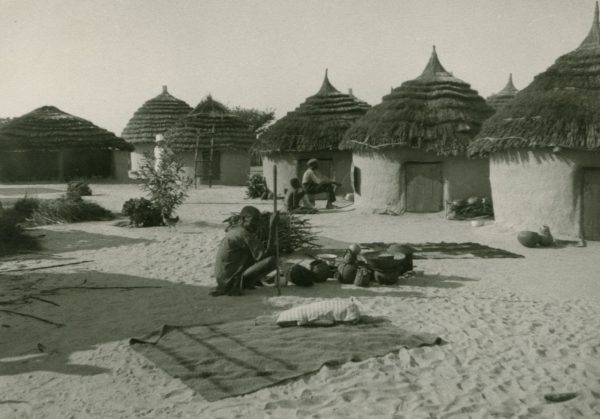 Ndonga-language hymn book
Ndonga-language hymn book
-
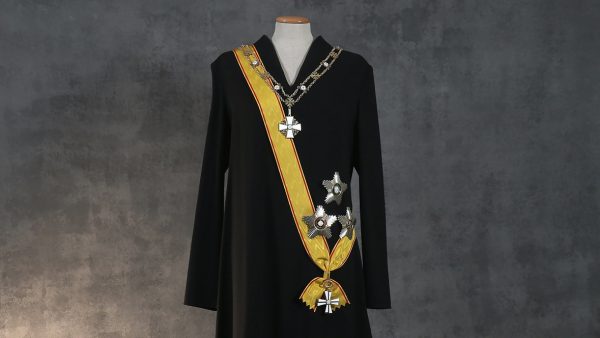 President Tarja Halonen’s inaugural attire
President Tarja Halonen’s inaugural attire
-
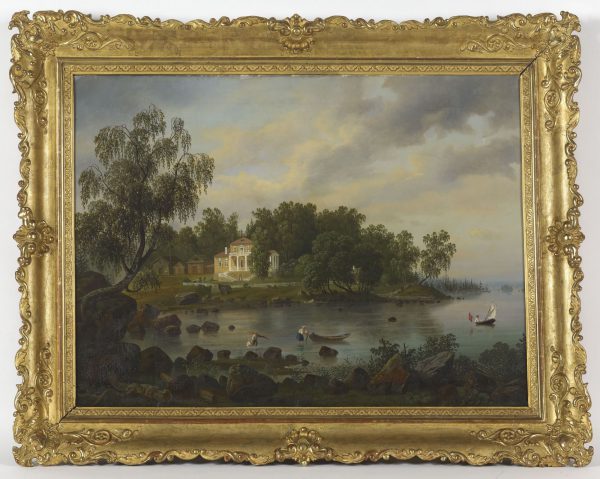 Landscape paintings from Vyborg
Landscape paintings from Vyborg
-
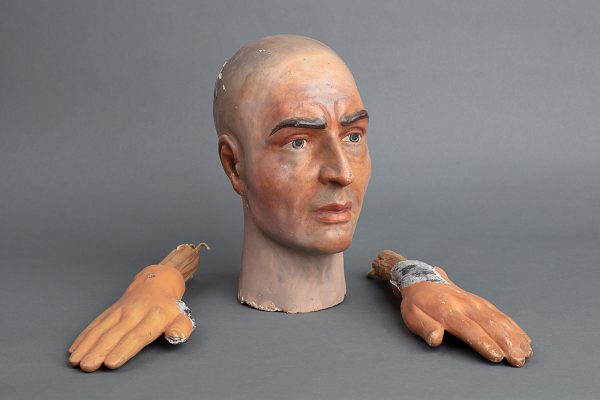 Matti Haapoja – From a piece of string to a leather patch of skin
Matti Haapoja – From a piece of string to a leather patch of skin
-
 Lightship Kemi’s commuter boat
Lightship Kemi’s commuter boat
-
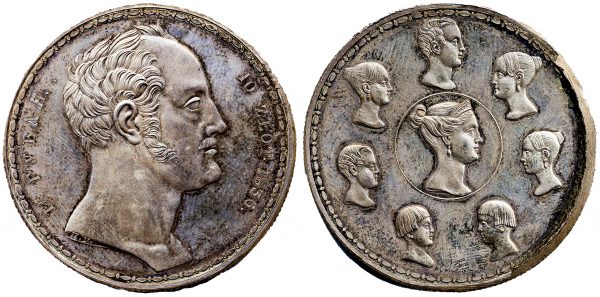 Family rouble 1836
Family rouble 1836
-
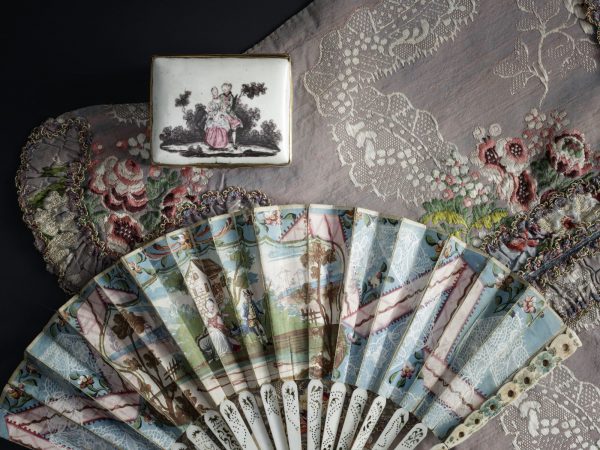 Snuff and patches
Snuff and patches
-
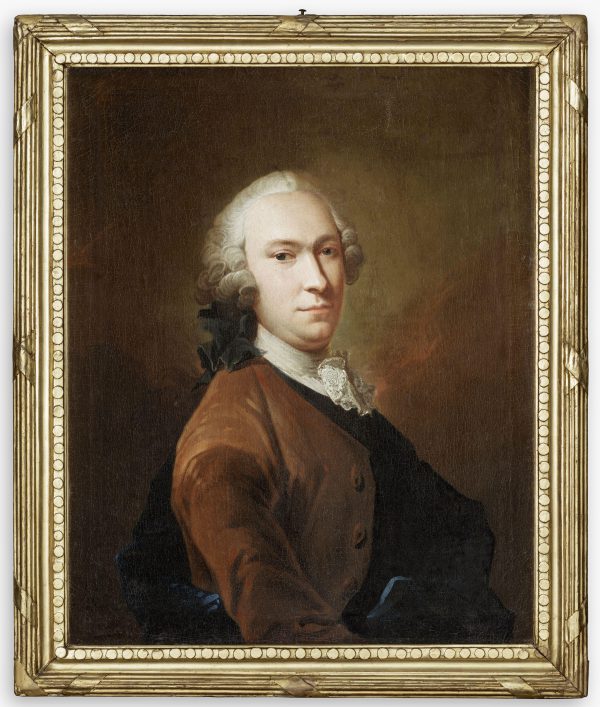 A new addition to Isaac Wacklin’s oeuvre
A new addition to Isaac Wacklin’s oeuvre
-
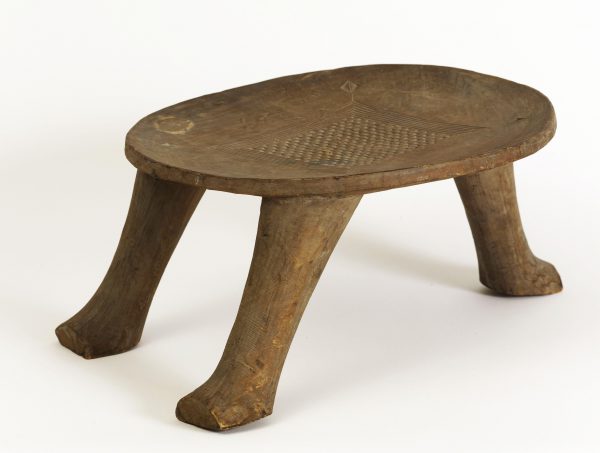 Kataklè stool’s journey from Dahomey via Paris to Helsinki
Kataklè stool’s journey from Dahomey via Paris to Helsinki
-
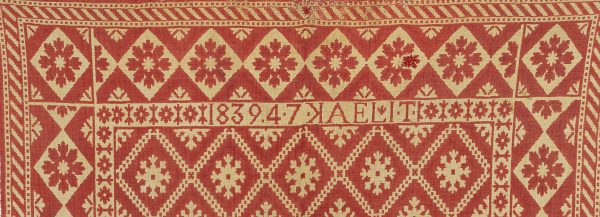 The mystery of the double cloth
The mystery of the double cloth
-
-
2021
-
2020
-
2019
-
2018


